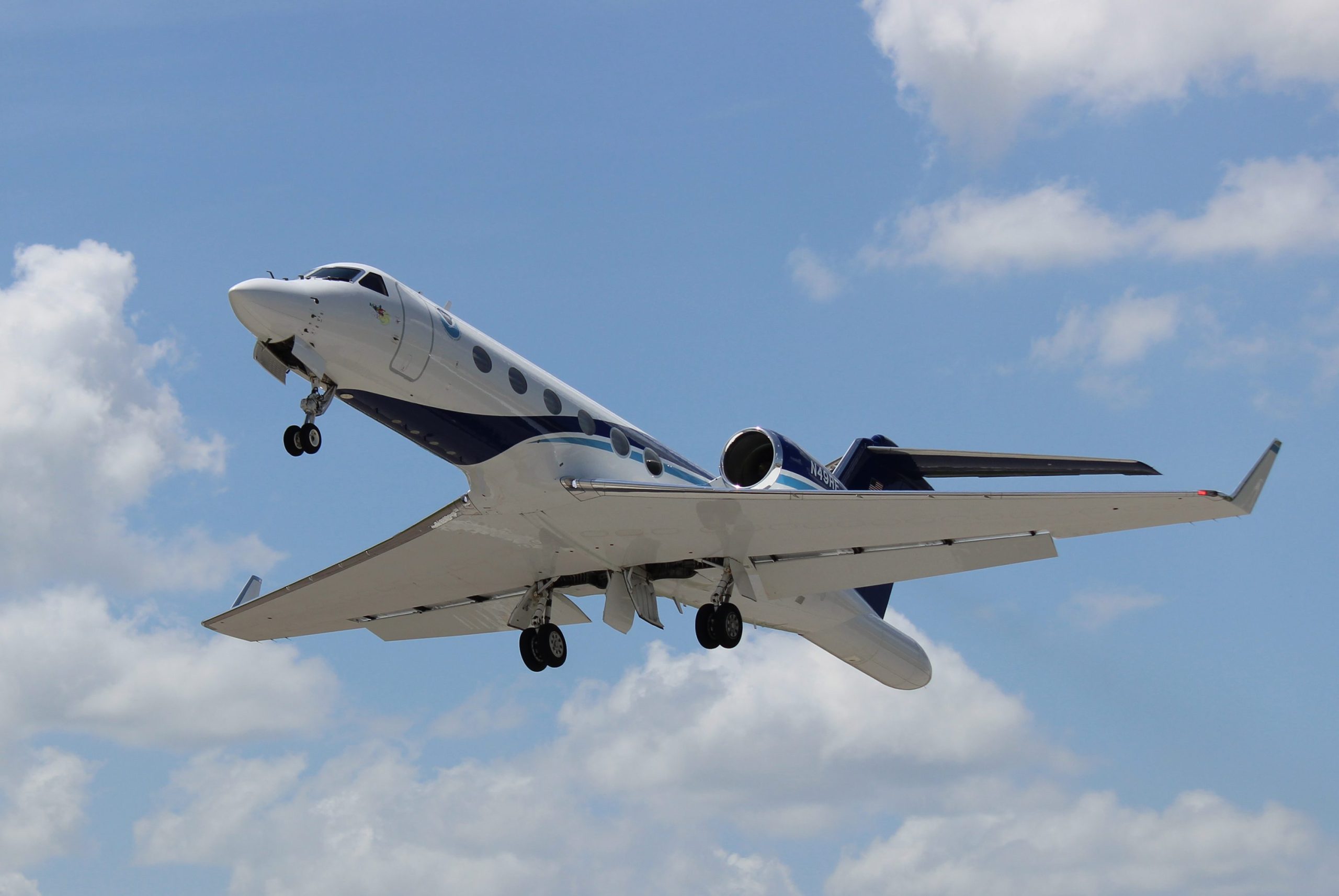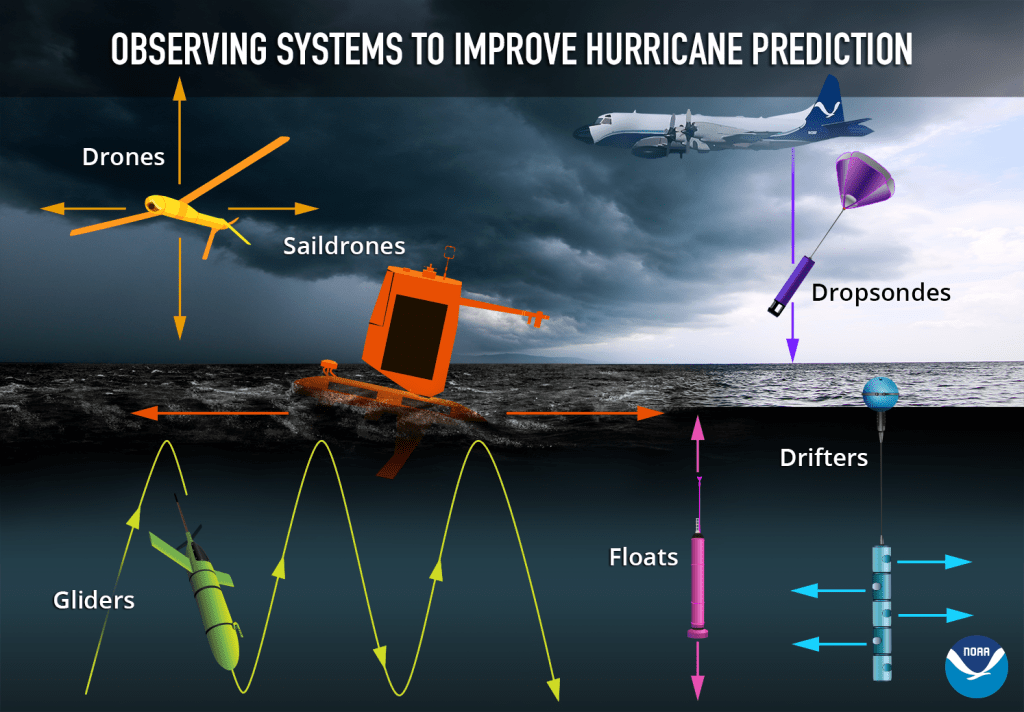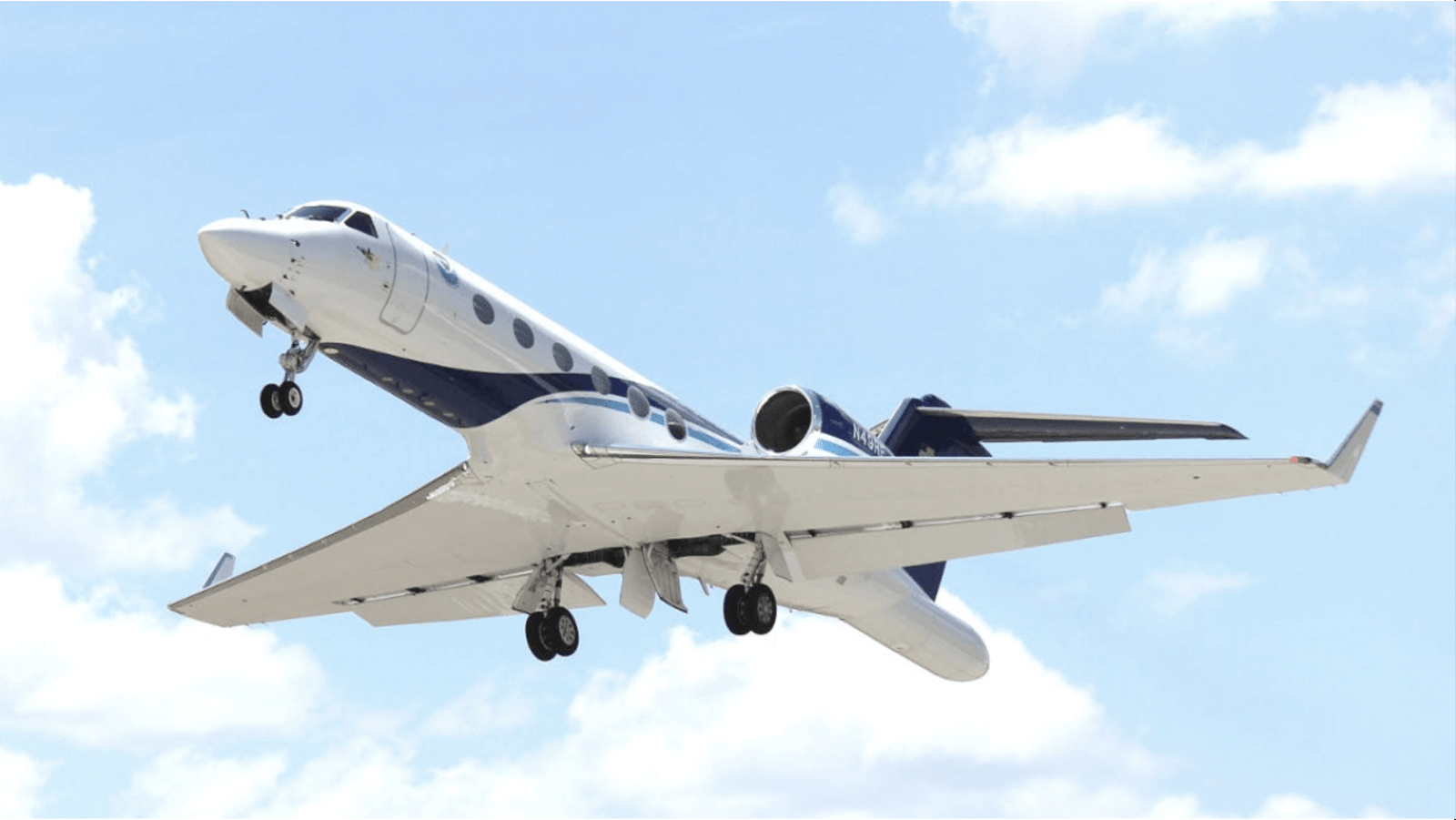This summer during the 2022 Atlantic hurricane season, scientists at NOAA’s Atlantic Oceanographic and Meteorological Laboratory (AOML) will once again be on the frontlines helping NOAA prepare the public for severe weather. They will also conduct new research on the complex processes of how tropical cyclones form, develop, and dissipate.
AOML’s operational missions tasked by NOAA’s Environmental Modeling Center and National Hurricane Center will keep forecasters abreast of the ever-changing, dynamic conditions as storms develop and intensify. Flying aboard NOAA’s P-3 and G-IV Hurricane Hunter aircraft, AOML scientists will sample the periphery around storms and the towering cumulonimbus clouds that circle the hurricane eye.

A top priority will be to improve predictions of rapid intensification, events that are difficult to forecast due to the number of interacting factors. When maximum sustained winds quickly ramp up, so does the destructive capacity of a storm. To tackle this forecasting challenge, AOML scientists will coordinate with multiple partners to launch a host of instruments that sample the ocean and atmosphere in real-time.

Surface drifters, underwater gliders, and profiling floats will gather observations from the sea surface to depths of half a mile. Small uncrewed aerial systems launched from the P-3 will be tested to sample the atmosphere at altitudes just hundreds of feet above the ocean. Five saildrone uncrewed surface vehicles will be launched in partnership with NOAA’s Pacific Marine Environmental Laboratory and Saildrone, Inc. to sample the upper ocean and air-sea interface. Data from the drifters, gliders, and floats will be transmitted via satellite into NOAA’s operational Hurricane Weather Research and Forecast System and its cutting-edge research forecast model, the Hurricane Analysis and Forecast System.
The frontlines of research this summer will take AOML scientists thousands of miles across the Atlantic to study the earliest beginnings of how tropical cyclones form. In partnership with the National Aeronautics and Space Administration (NASA), NOAA will deploy the NOAA G-IV jet to the Cape Verde islands, the “nursery grounds” for some of the Atlantic’s largest, fiercest storms.
According to Jason Dunion, the 2022 NOAA Hurricane Field Program director, “instead of waiting for storms to come to us, this year we’ll go to them.”
This first-ever deployment for the NOAA Hurricane Hunters will enable AOML scientists to study how thunderstorms that drift off the west African coast develop into tropical waves, the “seedlings” for many tropical cyclones.
The groundbreaking research supports the Advancing the Prediction of Hurricanes Experiment, or APHEX, the main component of AOML’s Hurricane Field Program. Research to address additional science questions will be conducted in collaboration with the Office of Naval Research and NASA.
AOML’s operational and research efforts throughout the 2022 Atlantic hurricane season will push the boundaries of NOAA’s forecasting capabilities. The data they gather will not only protect life and property, but also advance the understanding of how and why some storms form and rapidly intensify.
